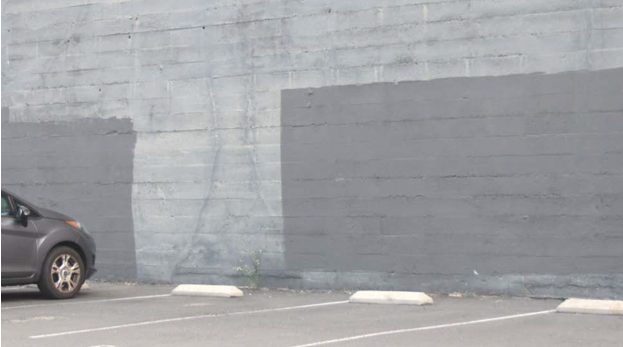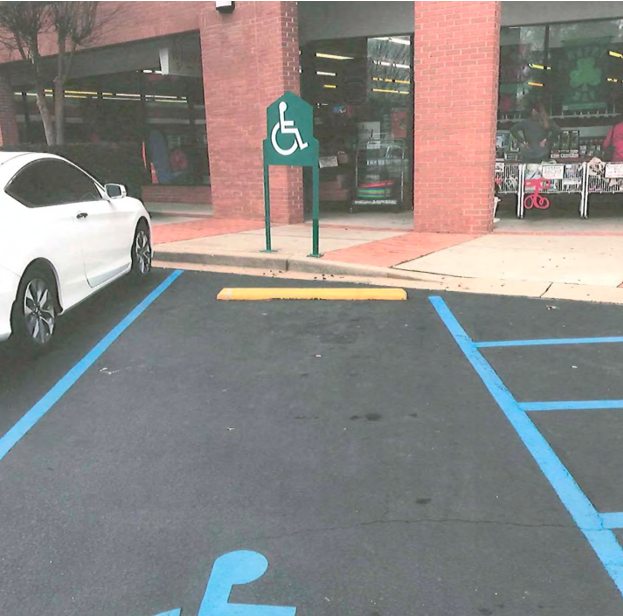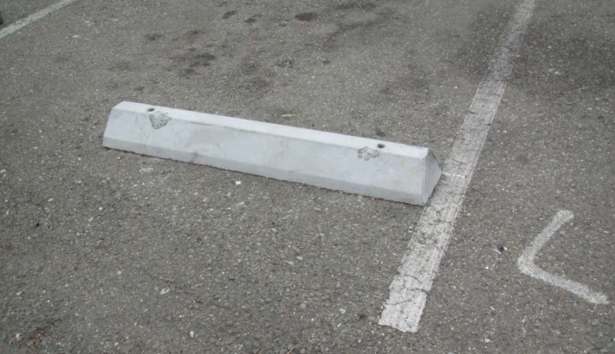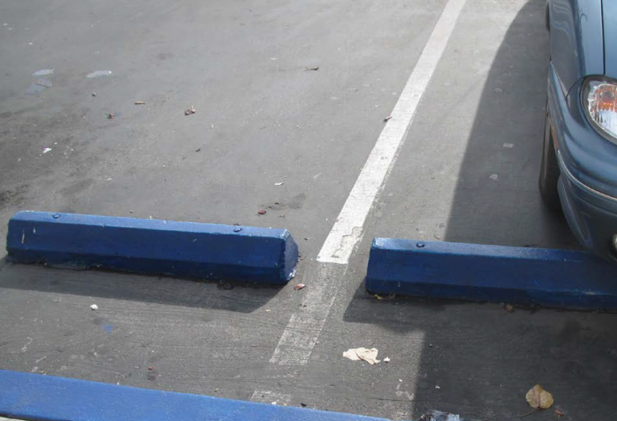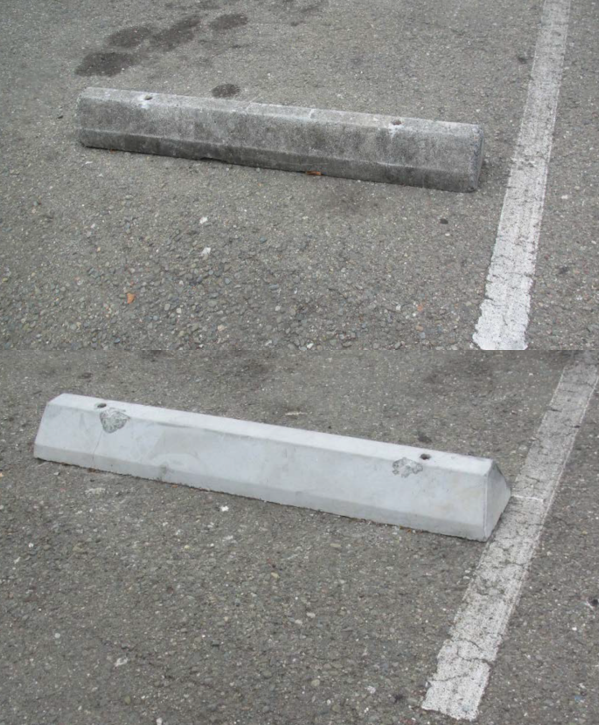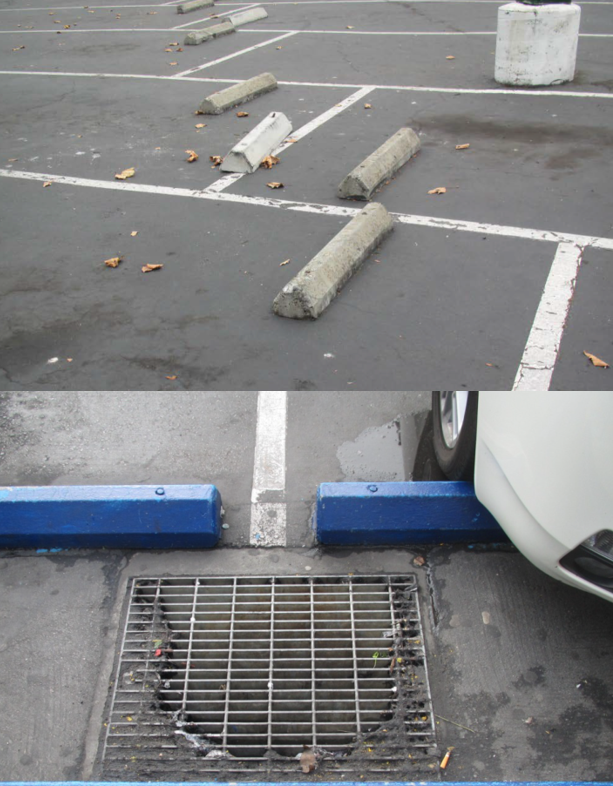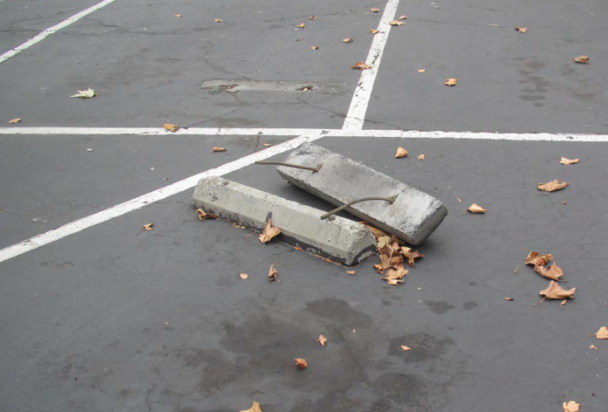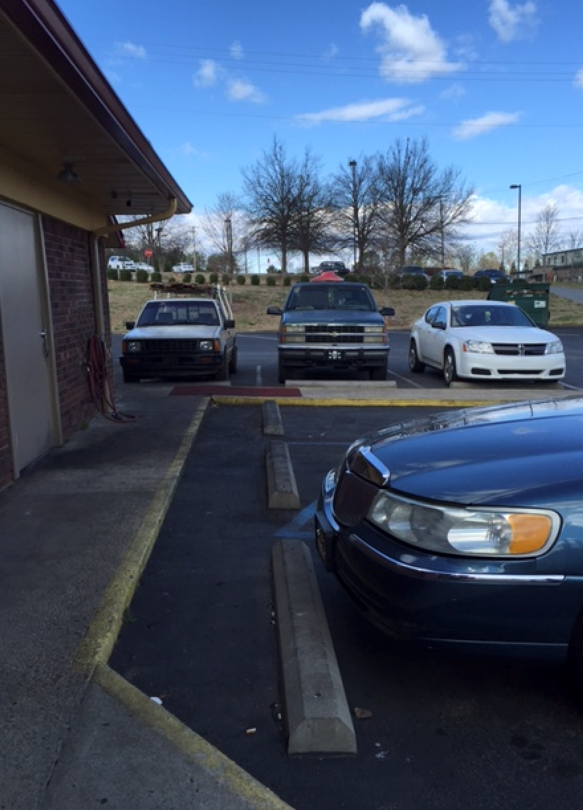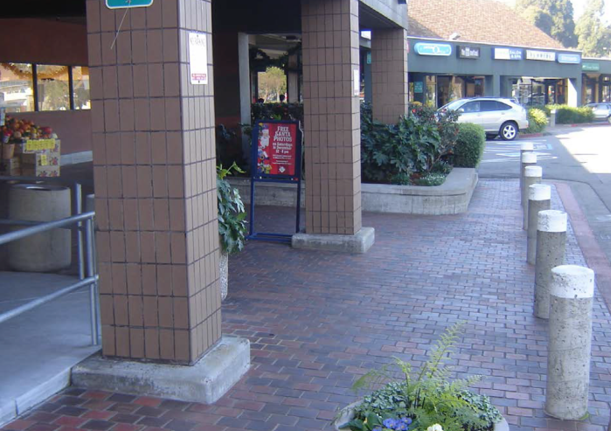We’ve all seen these long, short concrete barriers at the end of parking spaces in parking lots. They’re most often called wheel stops, but are sometimes also called parking blocks, parking stops, tire blockers, or curb stops. What’s true about all of them is that they are a real trip hazard for anyone walking in a parking lot. If they are not placed and marked properly, they can cause serious injuries for anyone unfortunate enough to encounter them.
William Jordan and the team at Jordan Law Center have decades of combined experience working on trip and fall cases where property owners of all different types put wheel stops where they shouldn’t have, didn’t maintain wheel stops properly, or didn’t mark wheel stops the right way, leading to serious injuries. Jordan Law Center has the legal knowledge and toolkit available to help victims of these falls obtain fair recoveries where a property owner didn’t manage a wheel stop situation the right way.
Wheel stops are supposed to both prevent a vehicle from traveling into an area where it shouldn’t, and to give drivers a visual sign of where to stop their cars. However, property owners or managers have to do a careful analysis to determine (a) whether a wheel stop is truly required; (b) where a wheel stop is should be placed and how it should be marked; and (c) whether there is any reasonable alternative to a wheel stop that is not as much of a trip hazard.In many cases, property owners have no clear rationale for why a wheel stop is placed in a particular location. In the example below, the wheel stop does not provide ‘protection’ for an area where customers would actually walk and the curb keeps someone from driving onto the sidewalk or hitting the sign. The wheel stop gives no real benefit to the store or its customers, but it does but the customers at increased risk of falling, both because it is a trip hazard and because it is not centered.
Even if a wheel stop is needed, there are many bad ways to install a wheel stop:
In these examples, the wheel stops are inches away from or even overlapping with the painted lines. Business owners know that pedestrians tend to walk along these lines when exiting their cars and navigating across parking lots, and putting wheel stops close to the lines can make a tripping hazard. Putting them close to the lines like shown above also does not help the parking lot owner control the movement of a vehicle any better than if the wheel stop was centered. If a wheel stop is in a centered position in the parking spot, it can reduce the chance of a pedestrian trip and fall.
Wheel stops can fail after repeated vehicle strikes, and should immediately be replaced. Any rebar or other materials protruding from the wheel stop can also cause an increased trip hazard.
There are very specific requirements for wheel stops in handicapped or ADA spaces, but the general rule is that a wheel stop should never prevent safe access to a parking lot or building by a handicapped person. In this real life example from a case handled by Jordan Law Center, a restaurant owner left a wheel stop in the middle of a handicap access aisle, a place reserved for disabled pedestrian travel. This is a place that vehicles are never supposed to travel and a clear ADA violation. It led to a trip and fall and severe injuries to an elderly disabled woman. You can also see how wheel stops may become dingy and dirty over time and should periodically be painted with contrasting or “excitor” colors to make them more visible to pedestrians.
Finally, there is a fantastic alternative to wheel stops – the structural bollard. In the simplest terms, these are metal or concrete posts that are far more visible to pedestrians and actually provide more stopping power to an out of control vehicle.
There is not a meaningful cost difference between bollards and wheel stops, and in areas with lots of pedestrian traffic, a bollard could be a life-saving measure for pedestrians in a situation where a vehicle loses control or a driver mistakes the brake pedal for the gas.
Architects and engineers have been doing research on what can lead pedestrians to trip and get hurt for decades. People typically do not look directly down at their feet when walking, but instead naturally look several feet ahead and scan the area in front of them. This makes wheel stops easy to miss, especially if they are placed improperly or not marked correctly. It has been well-known for over 50 years how dangerous these devices can be to pedestrians.
If you or someone that you know and love has been injured because of a wheel stop or some other kind of parking lot defect, contact the Jordan Law Center today at 864-808-1810 for a free consultation on your case.

